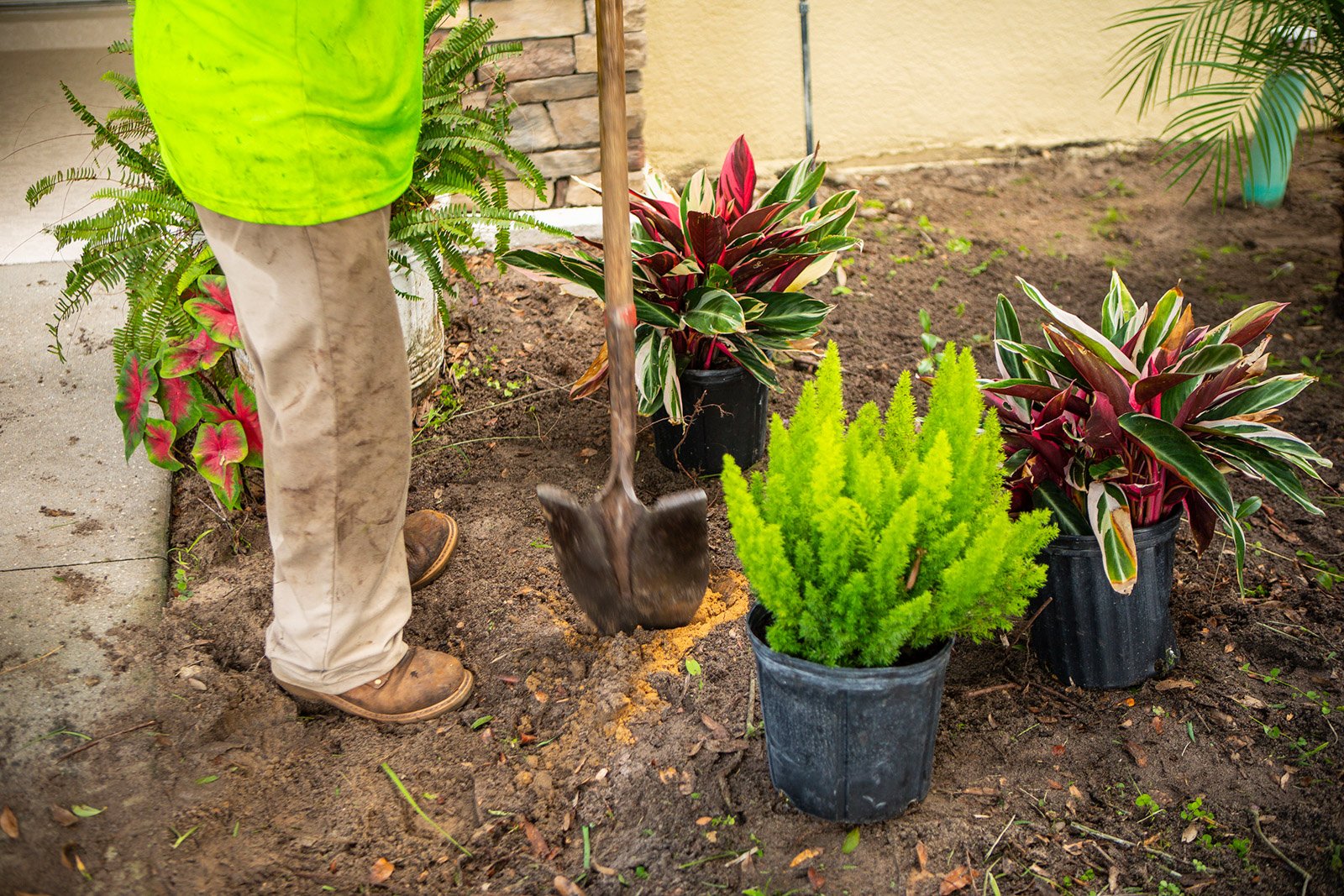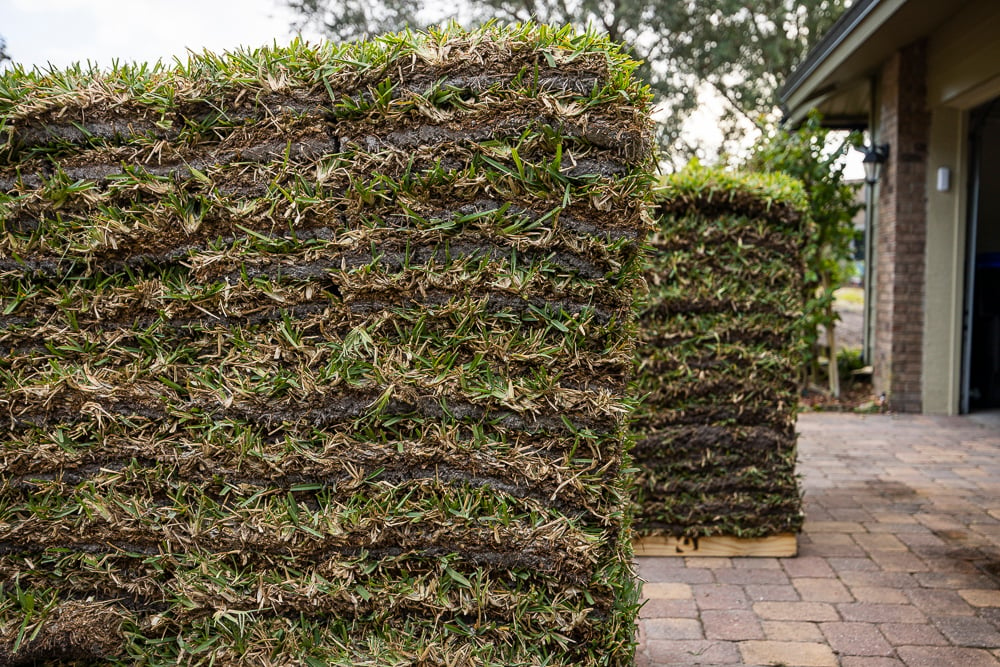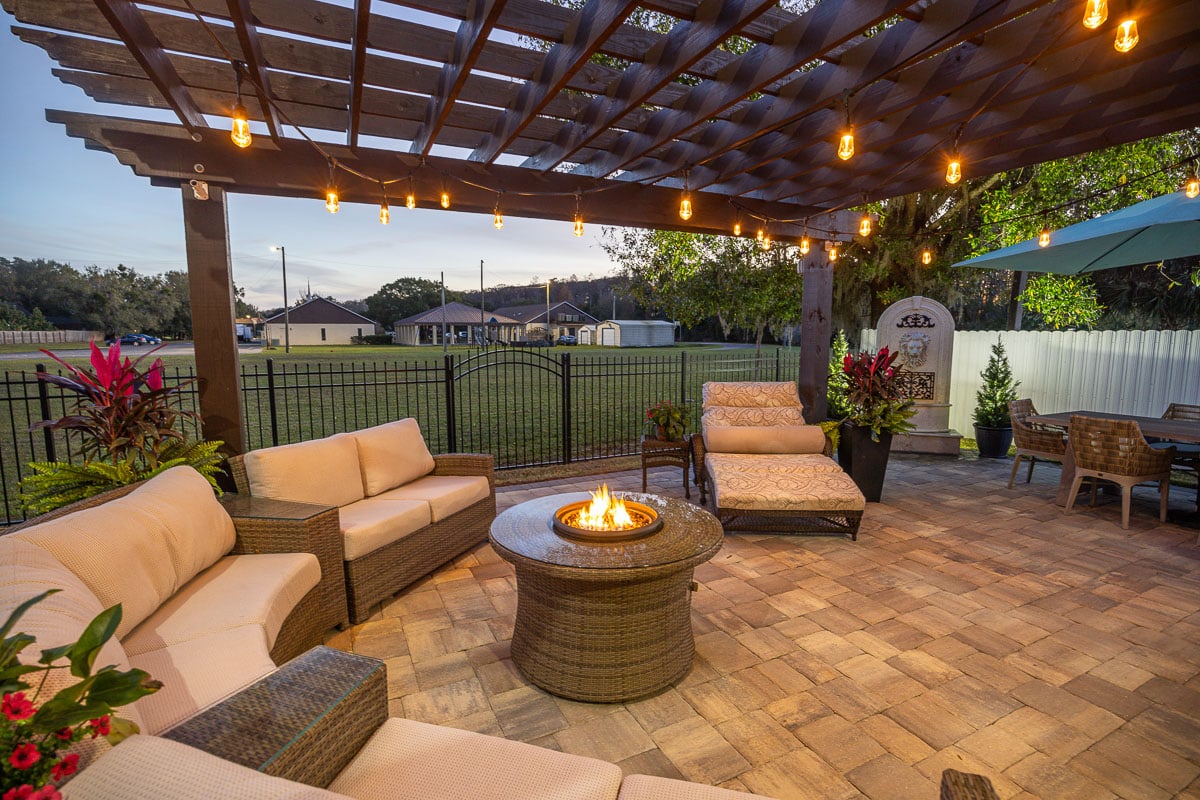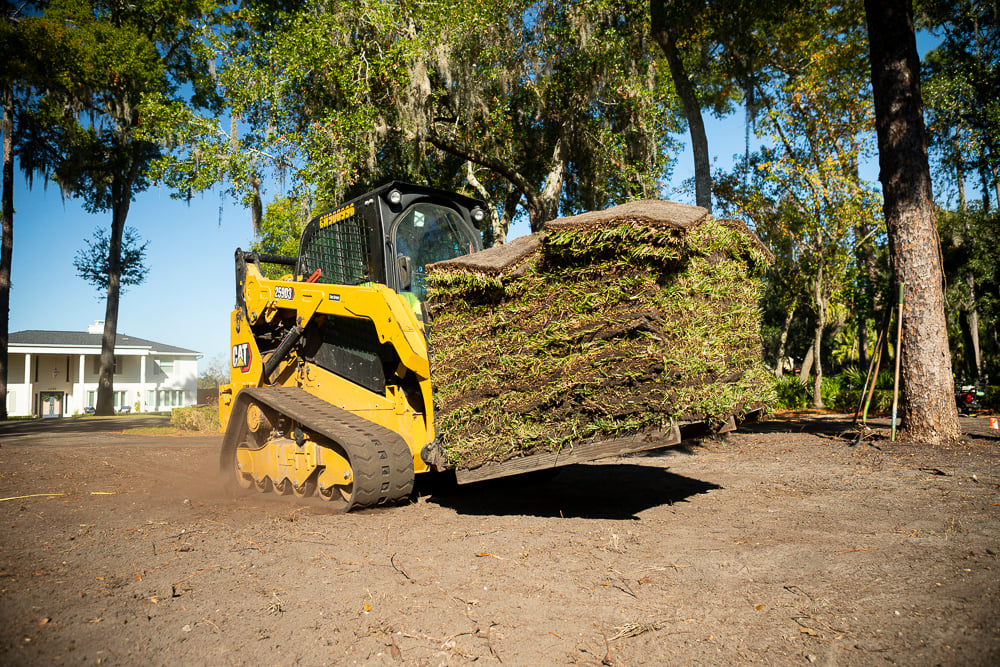If different sod types had a talent show, you’d see all kinds of cool stuff: Best in sun! Great in the shade! Holds up to dog pee! Prevents erosion!
So when you’re looking for the best types of sod, there are a few solid choices, depending on your property’s unique situation.
The best sod for Orlando is typically varieties of St. Augustine and Zoysia, with a couple of exceptions for certain situations.
Pick the wrong sod for your site, and you’ll have a constant battle to keep it healthy and looking great.
What’s the best sod for Orlando? It depends. What’s going on out there on your property?
Keep reading to learn more about:
- The best sod for sun
- The best sod for shade
- The best sod for low maintenance
- The best sod for dogs
- The best sod for erosion control
Here’s a look at the best types of sod for a few different situations:
Best Sod for Sun
Sun is a big part of life in Central Florida, so luckily, several sod varieties thrive in the rays:
St. Augustine Floratam
This top-notch Orlando sod is perfectly adapted to Florida’s climate, as long as you have a full sun yard. It’s the most common type of sod in Central Florida.

Thick and pretty with deep roots, it needs plenty of direct sunlight — a minimum of six hours or more per day. It thrives in hot, humid conditions and grows in a variety of soils.
Its attractive blue-green blades form a dense turf that establishes quickly and easily, making it one of the best types of sod.
But you better get used to taller grass. This variety likes to be maintained at 4 to 4.5 inches high. Don’t cut more than one-third of the leaf blade off each time. (That’s a great rule to follow in general for the healthiest grass.)
Take a minute to walk through it barefoot. Aaaah.
Zoysia Palisades
Zoysia isn’t just fun to say — it’s another favorite Orlando sod if you have full sun.

Zoysia is green most of the year, dense, with great drought recovery.
It doesn’t grow too fast, resists weeds, stands up to wear, and is happy in most any type of soil, making it one of the best types of sod for Orlando.
Plan on weekly mowing during the growing season. Unlike St. Augustine Floratam, Zoysia likes to be shorter, maintained no higher than 2.5 inches in height.
St. Augustine ProVista
ProVista sod is a trademarked sod by Scotts that promises a lush, dense, deep green lawn with plenty of perks.

It has a deep green color and thrives in full sun, but also does well in moderate shade.
It’s genetically altered Floratam, the above-mentioned most popular St. Augustine cultivar in Florida. But ProVista St. Augustine sod doesn’t grow and spread as fast as Floratam.
It’s engineered to be slow growing, which means less mowing, a big selling point. Scotts claims you only need to mow ProVista sod every two weeks even during the peak growing season.
It’s engineered to tolerate a broader range of weed products, too, so you can control more weeds with ProVista than with other types of turf, making it one of the best types of sod.
Classic St. Augustine
If your property is a mix of sun and shade — and many are —St. Augustine Classic is a great Orlando sod choice.

It boasts wide blades and a beautiful, rich green color. It also has better disease and insect resistance than other St. Augustine varieties.
Best Sod for Shade
Most varieties of sod love the sun. But a few types will thrive in shade, as long as they get at least four hours of sunlight per day.
Try these best types of sod for shade:
St. Augustine Citra Blue
Needing just two hours or more of sun a day, this grass may be the most shade-tolerant turf out there.
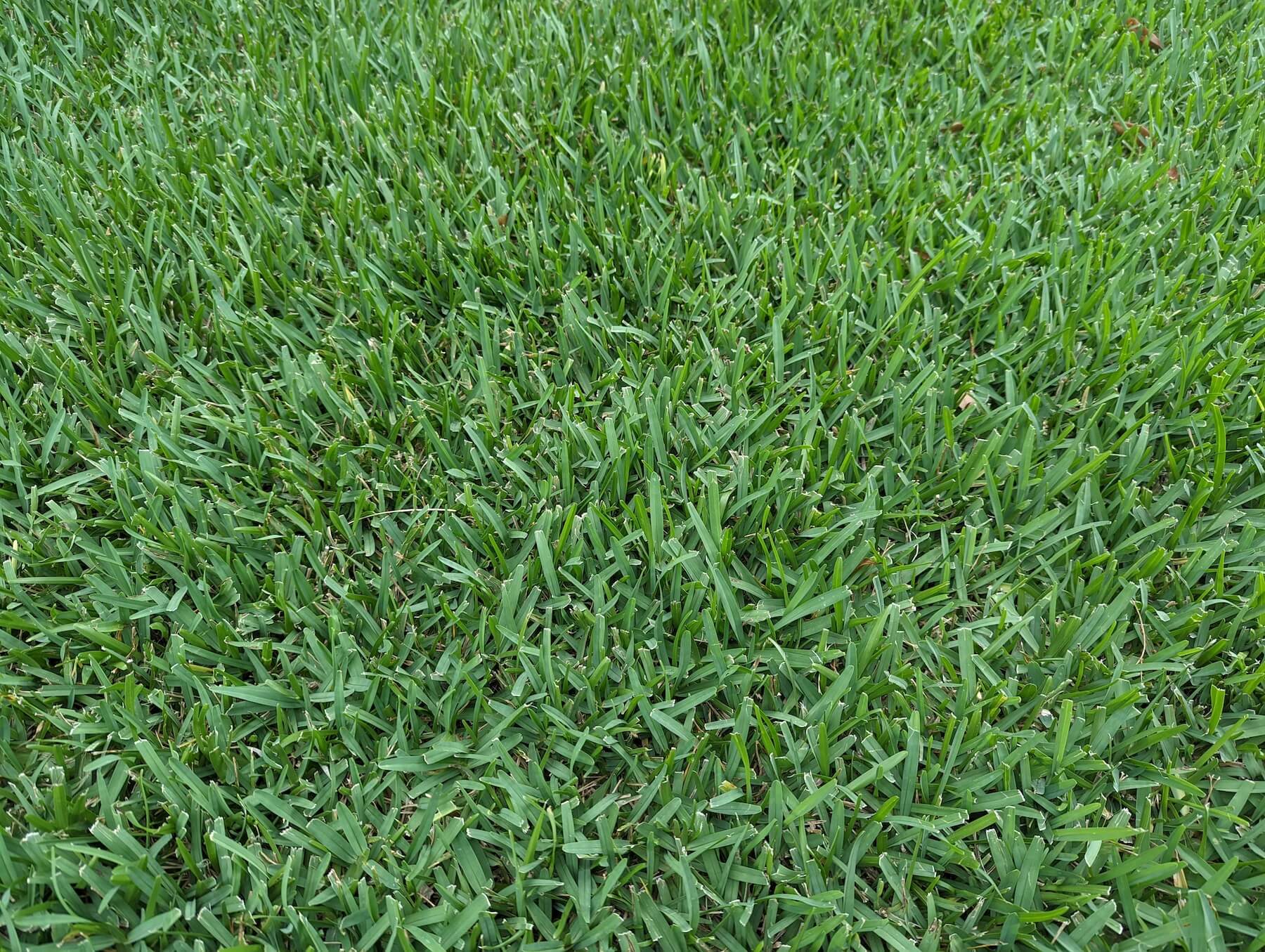
It has a deep blue-green color and is slow growing, so it needs minimal mowing and maintenance. It also boasts good disease and insect resistance.
Several other Orlando sod varieties will also tolerate some shade, including the sun-loving varieties listed above: ProVista; Classic St. Augustine, and Zoysia Palisades.
Best Sod for Low Maintenance
Every type of natural grass needs maintenance. You have to mow it, water it, fertilize it, control weeds, worry about insect damage and lawn diseases and heave heavy sighs when your dog pees on it and turns it yellow or brown.
Unless you install synthetic turf. Then, forget all that.

Artificial grass is a surface of synthetic fibers made to look like natural grass. It even comes in different blade lengths and widths, colors and textures, like real grass, so you can choose the look you like, just like choosing different types of sod.
It’s always green, so your lawn always looks great. It’s environmentally green, too. All that mowing, irrigating, blowing, and trimming real grass creates air and noise pollution.
Artificial turf costs considerably more money, and It doesn’t last forever. Most brands offer a five-year warranty.
It doesn’t drain like real grass, so you need a drainage system built in so rain can seep through.
But for low maintenance, you can’t beat it.
Argentine Bahia
Bahia grass isn’t pretty. We’re not trying to be mean. It’s just a fact.

But if you’re looking for little to no maintenance, and don’t need a pristine green lawn, this easy-care Orlando sod might be for you.
Bahia has a deep and vigorous root system, which makes it tough. It has great heat and drought tolerance, too, and it’s not picky about the condition of your soil.
And it doesn’t need as much water as other Orlando sod types. Once it’s established, Bahia can live off rainwater alone. Fertilization? Hardly any. Pest control? Don’t worry about it. Heavy foot traffic? No problem.
So if you want grass you can plant and basically ignore, and you’re fine with a wilder, pasture-like look, say hey to Bahia.
Bonus: it’s cheap.
Best Sod for Dogs
Different types of sod are good bets if you have a pooch in the family:
Synthetic Turf
While natural grass turns yellow from dog urine and it’s tough to green it up again, artificial turf stays green.
Some artificial turf manufacturers carry turf designed specifically for dogs, with extra features like a flow-through backing for maximum drainage and antimicrobial technology built into the blades.
But even regular artificial turf products are safe for dogs.
Dog urine can be easily washed out of the turf to maintain a clean surface.
What’s the best natural grass for dogs?
St. Augustine Floratam, Classic and ProVista can hold their own against dog urine and normal dog activity, but they’re not great for high foot traffic, if you have a rambunctious pooch. Avoid Zoysia, which tends to get more brown spots.
Best Sod for Erosion Control
What’s the best sod for Orlando if you need erosion control?
Bermuda Grass
Bermuda grass has a deep, fibrous root system that helps stop and slow erosion, making it a go-to Orlando sod for landscapes with erosion problems.
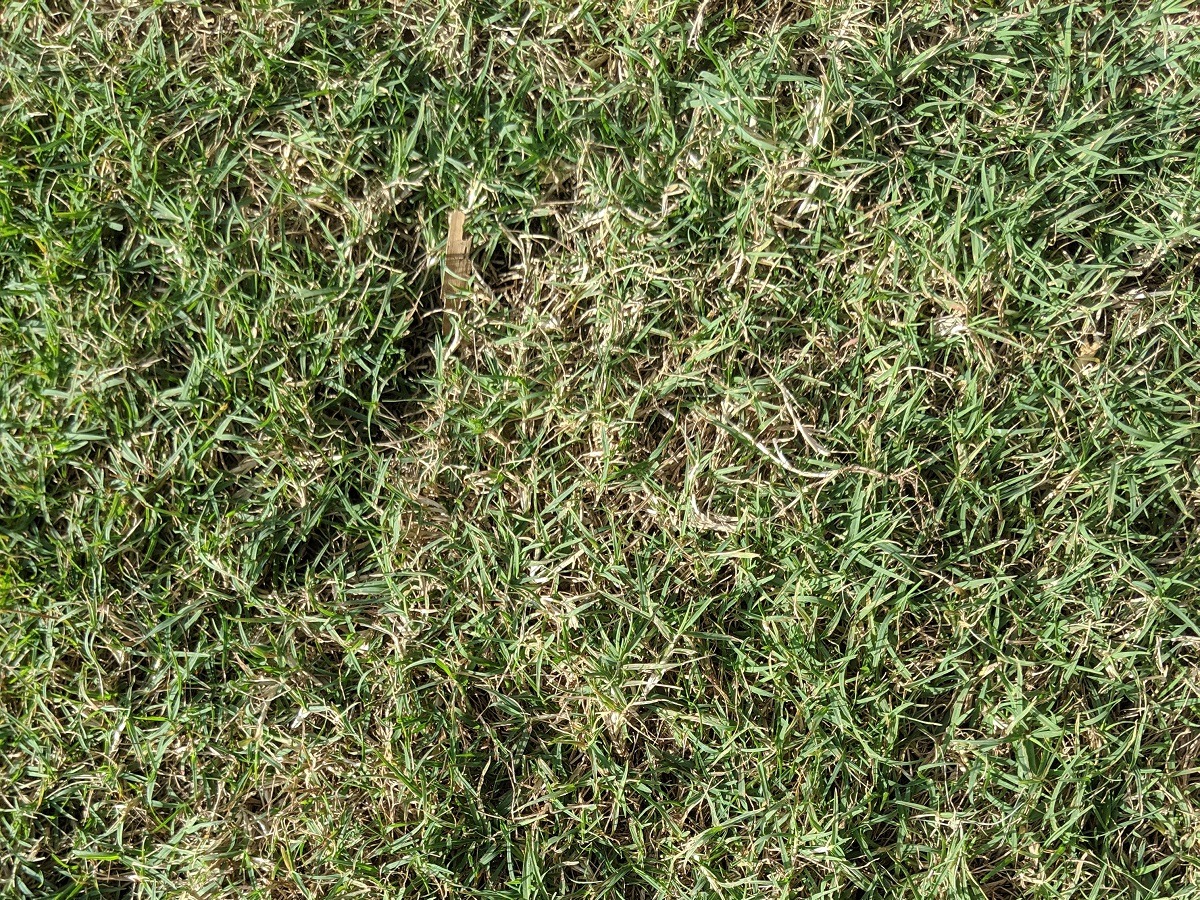
It can stand up to other tricky conditions, too. This hardy Orlando sod is known for tolerating heat to drought to foot traffic. And it recovers from damage quicker than other types of sod.
It needs plenty of sun, so don’t plan on it for shady areas.
Be aware Bermuda can be invasive, though, and can spread into your neighbor's St. Augustine or Zoysia lawn, which could tick them off.
Best Sod for Orlando? Trust Ground Source
So, if sod had a talent show, who would win for your yard?
Sod delivery and installation in Central Florida begins with carefully matching the best sod to your site.
Getting it right is a crucial step for a healthy, thriving lawn. Let us walk you through your best choices.

We’ll ask you plenty of questions to get to the best choice, from your ability to care for your new turf to the conditions on your property to your irrigation set-up.
Your perfect sod is out there.
We’re sod experts, but our skills don’t stop there. We’re with you every step of the way as you plan your perfect outdoor space.
Sod, irrigation, landscape design: let us transform your yard from an embarrassing eyesore to a place you spend every spare minute.
Are you ready to enjoy the vibrant, impressive yard you've always wanted? Request a quote today! We’ll help you review your options and then transform your property.


